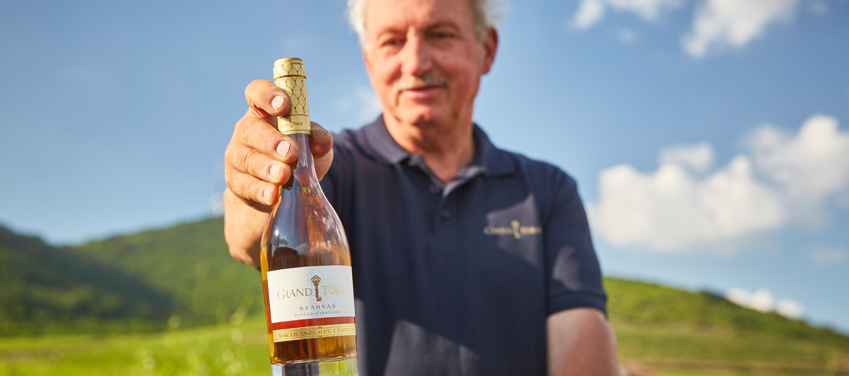Moments in Wine: Germany & Austria
The countries in central Europe have rich wine traditions spanning centuries. Here are some of their most important moments in wine throughout history.
Germany
9th century: Earliest known winemaking in Rheingau
Although some evidence of viticulture dating to Roman times has been found, the first clear attestation of winemaking in the Rheingau dates to the 9th century AD. A vineyard planted close to modern day Schloss Johannisberg was supposedly authorised by Charlemagne. Schloss Vollrads, with over 800 years of continuous viticulture in its past, is believed to be among the oldest wineries in the world.
1435: The first known mention of Riesling
In March 1435, the accounts of Count John of Katzenelnbogen in Hesse record the payment of 22 shillings for six vines of ‘Riesslingen’, from a vineyard in Rüsselheim (am Main). It is the first mention of Riesling in the historical record.
1540: The oldest wine ever tasted was made in Bavaria
In 1961, a rare bottle from the Würzburger Stein site was tasted in London. Previously stored in the cellars of Kind Ludwig I of Bavaria, the wine had been bottled in the 17th century. Prior to bottling, the cask had been regularly topped up to prevent oxidation of the base wine, which dated to the famously hot vintage of – 1540. At over 480 years old it was – probably – one of the oldest wines ever tasted.
1910: The VDP is formed
The Verband Deutsche Prädikatsweingüter (VDP) is formed in 1910. An association of quality-driven German producers (whose wines were already highly regarded across Europe at the time), it remains a benchmark organisation for the country’s very best winemakers, that currently includes around 200 members.
Austria
1170: Vienese wine booms with arrival of the Dukes of Babenberg
In 1170, the Dukes of Babenberg relocate their ducal seat to Vienna, leading to a boom in local viticulture. Vienna enjoys a rich winemaking scene to this day and is Europe’s only capital city with its own wine region located within the city limits.
1784: Austrians granted the right to sell their own wine
In 1784, emperor Joseph II issues a decree that grants all subjects of the empire the right to sell or serve ‘foodstuffs, wine and cider that they have produced themselves, at any time of year and at whichever price they choose’. It is a privilege that eventually gives rise to Austria’s famous Heurige and Buschenschank taverns.
1922: Zweigelt is created from Sankt Laurent and Blaufränkisch
In 1922, Professor Friedrich Zweigelt crosses the Austrian red varieties of Sankt Laurent and Blaufränkisch. The new variety is known as Rotburger or (more commonly) Zweigelt and goes on to become one of Austria’s most planted grapes.
2015: Sustainable Austria certification launched
The “Sustainable Austria” (“Nachhaltig Austria”) certification was launched in 2015 with the aim of promoting sustainable farming in Austrian viticulture.
Hungary
1571: First recorded mention of noble rot
Records of a property deal from 1571 mentions the need to vinify grapes affected with noble rot separately to those without, suggesting that the production of Tokaji Aszú dates to at least this period – 200 years before sweet wines made with noble rot are recorded in Germany.
1641: First vineyard classifcations in the world
The vineyards of Tokaj were among the first in the world to be classified – albeit on an unofficial basis. The first evidence of vineyard classification in the region dates to 1641, with further classifications undertaken in 1700 and 1770.

